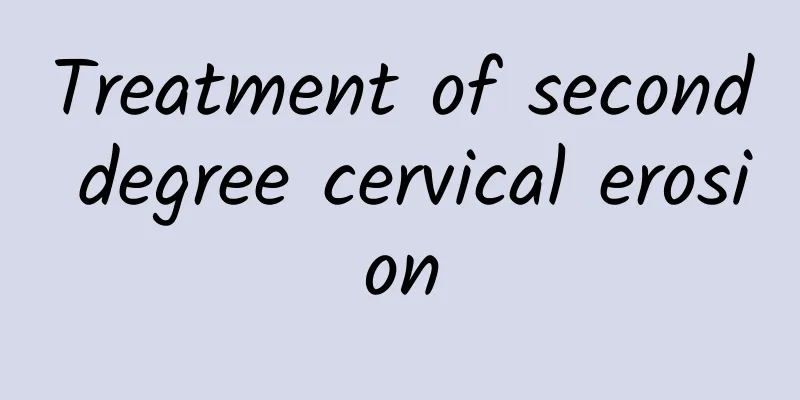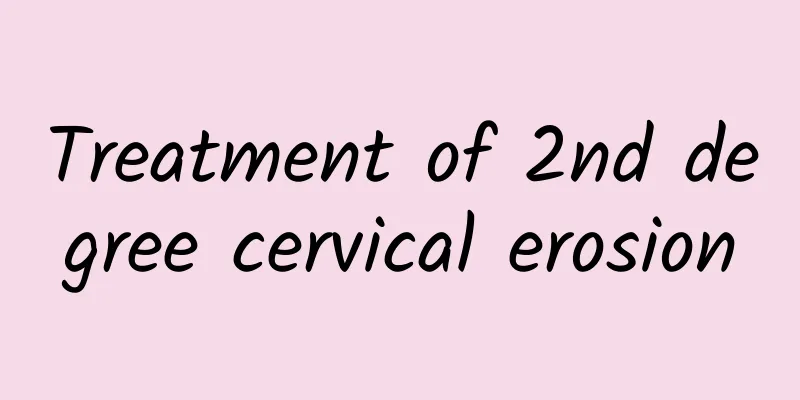A chair will do! Muscular mother teaches 3 tricks to get a tight abdomen and beautiful buttocks

|
After clocking in to the office every day, except for lunch time and going to the toilet, your butt seems to be covered with super glue and sticks to the chair without moving? Be careful, sitting for a long time without paying attention to your sitting posture will not only cause a protruding belly, a big butt, and deform your body; it may also increase the risk of bone problems such as hunchback, round shoulders, and posterior pelvic tilt. Muscular Mom said that if you want to get rid of the above health crises, in addition to being active, making good use of chairs that are easily available in the office to exercise is a good choice to awaken long-dormant muscle groups! Sitting for a long time not only affects your body shape, but also harms your bone health Why does sitting for a long time cause bone problems such as hunchback and pelvic tilt? Muscle Mom, who holds ACE (American Council on Exercise) CPT certification, wrote in her book "Make Your Butt Smile: Essential Training for Body Age -12 Years Old, Improving Back, Back and Knee Pain, and Reshaping Your Buttocks!" ” mentioned that this is because long-term sitting and poor sitting posture will make the human body’s muscles become tense, thereby pulling the body away from the midline. The reason why the human body begins to have health problems usually follows this process: bad posture and activity habits → changes in the body's soft tissues → bone abnormalities. The main reason is that due to long-term sitting, many muscles in the body will begin to "lose function", become overly tense and lose strength, and become unable to withstand physical activities. In the long run, it is not only easy to cause body misalignment, causing symptoms such as hunchback, round shoulders, and posterior pelvic tilt, but also causing back pain, low back pain and other painful injuries. Once the body loses stability and support, it may trigger the body's self-defense mechanism, causing the bones to begin abnormal bone hyperplasia, thereby increasing the stability of the trunk and increasing the risk of bone spurs, sciatica and other diseases. Just a chair will do! Muscle Mom teaches 3 ways to train hip muscles and core muscles If you want to get rid of the above health crises, it is very important to learn to make good use of the fragmented time in office and daily life to do more activities and relax over-tight muscles appropriately! What should we do specifically? Muscle Mom points out that office workers who sit for long periods of time may wish to use chairs that are readily available in the office and at home as auxiliary props and perform the following three muscle strength exercises that help to train the hip muscles and core muscles. This is a good way to maintain self-care: [Trick 1/Learn to use a chair to train your buttocks and gluteal muscles] Exercise purpose: Learning to "use your hips" to stand up is the focus of this exercise. Once you have learned it, make it a habit to stand up and sit down in this way anytime and anywhere. This will increase your opportunities to exercise your hips. Step 1: Find a chair in your office or home, sit on it, keep your spine long, and keep your knees, toes and hips as wide as possible. TIPS: 1. Feel like there is a line above your head pulling you upwards. 2. It is best if your calves are perpendicular to the ground. Step ②: When standing up, lean your body forward slightly, move your hips forward, and stand up. Step 3: Then sit down, stand up, and repeat 20 to 30 times. [Trick 2/Training deep core muscles chair helps strengthen] Exercise purpose: This movement can train the deep core muscles. Only when the core muscles are strong enough can they bear more exercises. Step 1: Sit on a chair and place your hands on your chest to avoid relying on your hands for leverage in subsequent movements. TIPS: 1. Feel like there is a line above your head pulling you upwards. 2. It is best if your calves are perpendicular to the ground. Step 2: Straighten your body and lean forward, stretch one foot with the heel touching the ground, and keep the other foot firmly on the ground, but keep your center of gravity on the heel. TIPS: 1. Maintain the alignment of the "sternocostal pelvic cylinder". 2. You can slightly tilt your pelvis forward to facilitate hip flexion. Step 3: Put your weight on your heels and use the strength of your hips to stand up. Step ④: After reaching the standing position, keep your feet in place and use the strength of your hips to slowly sit back on the chair; repeat steps ② to ④ 10 to 20 times. TIPS: Also maintain the alignment of the "sternocostal pelvic cylinder". Step 5: Then switch sides and repeat the movement 10 to 20 times. [Move 3 / Side hip lift] Exercise purpose: With the added support of the chair, the hip abduction movement will be easier to do and can help prevent the body from leaning to one side or the other. Step 1: Take the preparatory position, keep your body upright, raise your head, imagine your spine is stretched, and hold the back of the chair with one hand. Step ②: Tighten your core muscles and lift your legs to the side 10 to 20 times. TIPS: Keep your body straight, your shoulders straight, and your toes pointed forward. Step 3: Then switch sides and repeat 10 to 20 times. 【Tips】: Finally, Muscle Mom also reminds people that before doing the above exercises, they must choose a chair that is stable and will not slide, and it is safer to avoid using a folding chair. At the same time, and only after completing the above movements, you can do "static stretching"! |
<<: Marshmallow girl Xiao Tiantian's big transformation! Slow weight loss method to lose 33 kg
>>: Is Air Force breakfast bad? Nutritionist: The blacklist of obesity landmines is…
Recommend
Too much sugar is the root of all diseases! Japanese famous doctor's "sugar-restricted diet" reduces body fat and loses 10 kg in half a year
The famous Japanese doctor Koji Ebe created the &...
Common complications of ovarian cysts
Ovarian cysts are a serious disease that endanger...
Burdock is a starchy vegetable. Will eating too much make you fat? Nutritionist Liu Yili: Don’t make the mistake of eating burdock for health preservation
Burdock is a common side dish in Japanese cuisine...
Can chronic cervicitis in women be cured? Four major treatments help chronic cervicitis heal
Chronic cervicitis is a relatively common gynecol...
Sesame dumplings can make you gain weight quickly. You need to walk for 20 minutes after eating one.
It’s the winter solstice season for eating glutin...
Can I eat fish after cervical erosion surgery?
Can I eat fish after cervical erosion surgery? Ac...
Protein deficiency leads to craving for sweets, hair loss, insomnia... Check out these 7 signs!
In order to lose weight, dieting, controlling app...
6 doses of Jingjie Siwu Decoction cures functional uterine bleeding
After years of being picky, Xiao Hu got married a...
Will untreated cervical precancerous lesions shorten life expectancy?
In recent years, more and more women have suffere...
Will fertility be affected after treatment of chronic cervicitis? How to prevent chronic cervicitis in women?
Chronic cervicitis is a gynecological inflammatio...
Can multiple uterine fibroids lead to infertility? Can you get pregnant if you have multiple uterine fibroids?
Many female patients, especially pregnant ones, a...
Is female cervicitis a serious disease? How should female cervicitis be treated?
What are the causes and care methods of cervical ...
Experts explain important examinations before painless abortion
It is very necessary to do some examinations befo...
Eating too much sodium can cause your blood pressure to soar, and here are five major dangers! Nutritionist: Vegetables and whole grains also contain high sodium content
Excessive sodium intake in the diet is not only o...
It is the culprit of constipation and obesity! Press 3 major acupoints to reduce body fat! Peng Wenya: Drinking "this tea" is great for fat loss
Middle-aged obesity is not a blessing! Some peopl...









